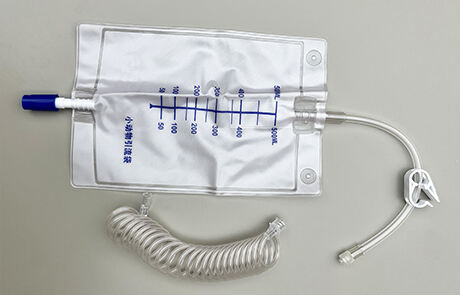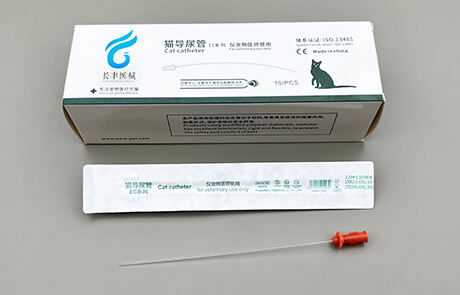
Animal catheters pet care under fine medicine
Ⅰ. Introduction
In veterinary practice, the small animal catheter serves as a critical medical tool for the diagnosis and treatment of urinary tract problems. Whether the condition is urinary tract infection, urolithiasis or urethral obstruction, small animal catheters can provide timely and effective assistance. This article will delve into the design of small animal catheters, how they are used, their importance in pet medicine, and future trends to help veterinarians and pet owners better understand and apply this medical tool.
Ⅱ.The design and characteristics of small animal catheters
The design of small animal catheters takes full account of the physiological characteristics and comfort of pets, and its main characteristics include:
Size and flexibility: Small animal catheters usually come in a variety of sizes to accommodate pets of different weights and sizes. At the same time, its flexible material can reduce irritation and damage to the urethra and improve the comfort of the pet.
Catheter head design: The special design of the catheter head, such as the rounded tip and side holes, helps to insert the catheter into the urethra more smoothly, avoiding damage to the urethral wall, while ensuring an efficient catheterization process.
Marking lines and scales: Catheters usually have marking lines and scales on the catheter to help veterinarians accurately determine the depth of insertion of the catheter, avoiding excessive depth or shallowness, and ensuring the safety and accuracy of catheterization.
Connector and collection bag: The connector at the end of the catheter can be connected to a urine collection bag or other collection device to facilitate the collection of urine samples for laboratory analysis or to relieve urethral obstruction.
Ⅲ.The use of small animal catheters and precautions
Cleaning and disinfection: Ensure that the catheter and the area around the urethral opening are cleaned and disinfected before use to reduce the risk of infection.
Appropriate anesthesia and sedation: To ensure the comfort and safety of your pet, the catheterization process may require appropriate anesthesia or sedation.
Slow insertion: The veterinarian should insert the catheter slowly and gently to avoid damage to the urethra.
Urine Sample Collection and Monitoring: Collected urine samples should be sent immediately to a laboratory for analysis to diagnose potential urinary tract disorders. Also, monitor your pet's urine output to assess the effectiveness of the catheterization and your pet's health.



